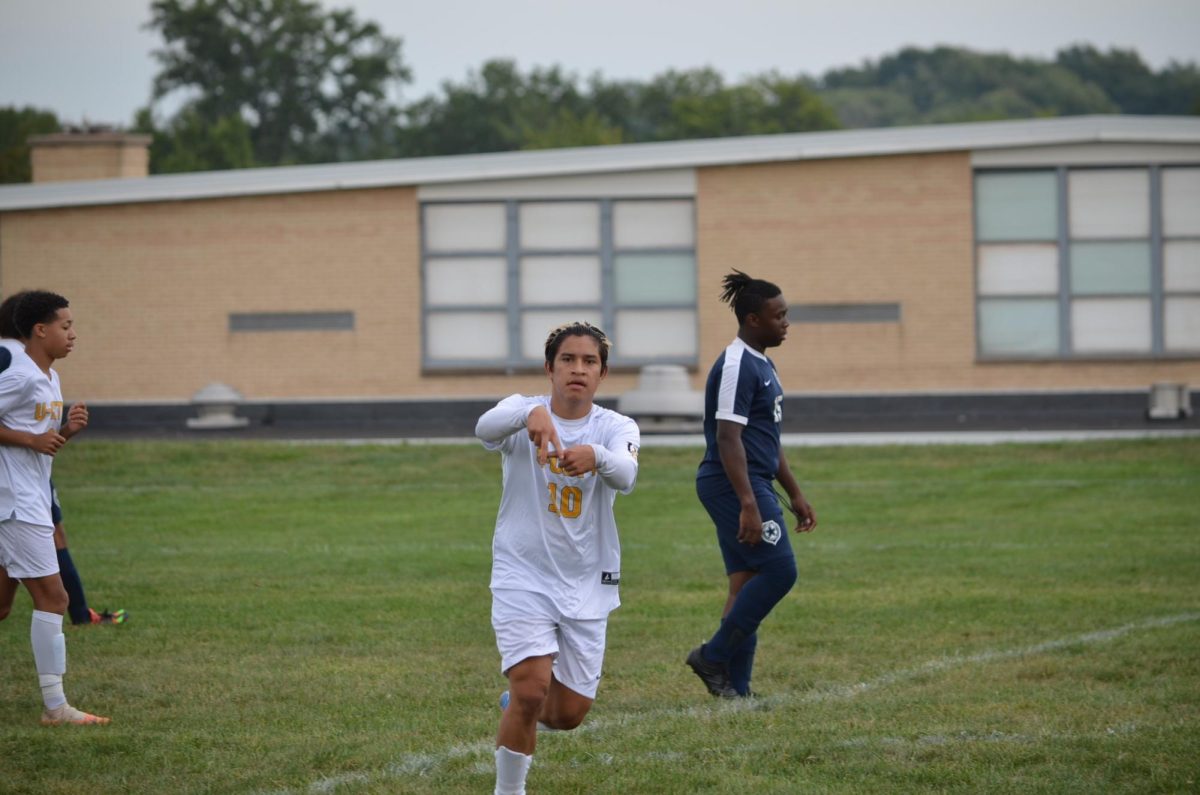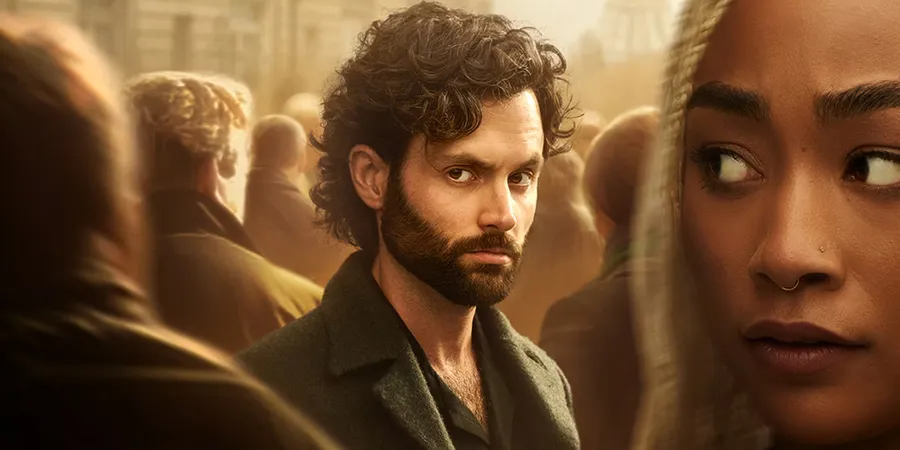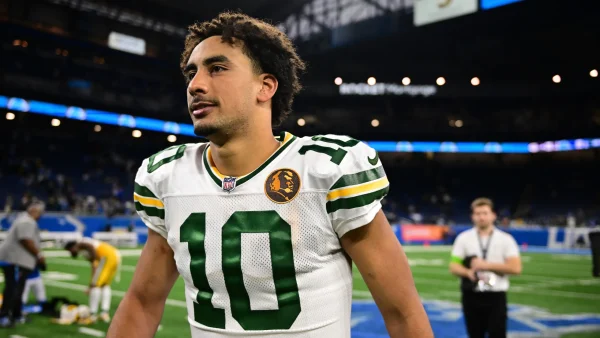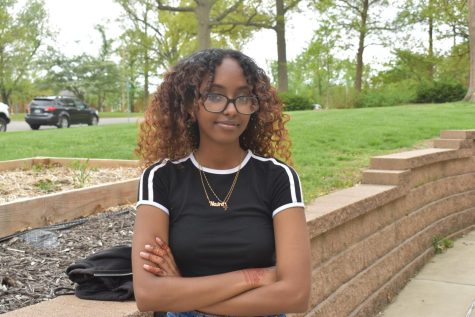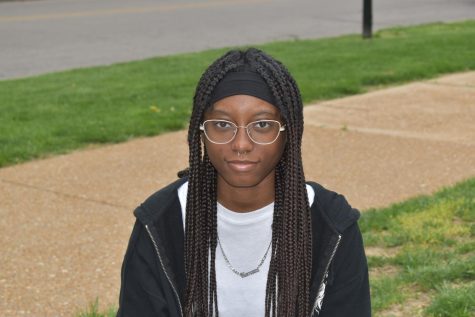Jim Crow is alive and well in 2017
February 15, 2017
After many viewers sat down and watched the documentary “13th” directed by Ava DuVernay, it became clear how much the history of race relations in this country really affected the present. When the general population thinks of the words “slavery” and “Jim Crow,” they tend to think about the period of time in the U.S. where African slaves were bred and sold in order to help white plantation owners harvest cotton. They also consider the horrid conditions the slaves were kept in, and then their minds drift to the Civil War, the Emancipation Proclamation and finally, freedom. Following slavery came the Reconstruction, the Black Codes and then the laws passed in the 1960s that targeted African Americans all over the country– Jim Crow. In order to fight these laws, civil rights activists like Dr. Martin Luther King, Jr. used nonviolent tactics to make change. Malcolm X was more abrasive in his approach to these laws, Rosa Parks refused to give up her seat, the laws were lifted, the end. Overt racism and discrimination came to an end, and everybody’s dreams came true. That’s the story we’ve been taught from childhood, and I’m here to tell you that it’s not entirely true.
Obviously King, Rosa Parks, Malcolm X and all of the other activists who fought to end Jim Crow were successful in their fight to end the blatant racism of the laws, but Jim Crow hasn’t disappeared at all. He’s just adopted a new face, and he’s called the criminal justice system. Slavery hasn’t left either, it’s now called incarceration.
According to statistics from the Federal Bureau of Prison’s December 2016 data, African Americans make up roughly 13% of the U.S.’s population. Despite this, around 37.9% of the prison population is black, according to the Federal Bureau of Prison’s data from December 2016. White people make up about 77% of the population in the U.S., and they make up around 58.6% of the prison population. Many people read this and think “Oh, there are more white people in prison; therefore the criminal justice system is actually more unfair toward white people.” The fact of the matter is, there are more white people in America than there are black people, so the reality of there being more whites than blacks in prison is proportionally correct. What isn’t proportionally correct is the amount of black people living in this country versus how many are in prison. Black people should only make up around 7% of the prison population, not nearly 38%. After doing the math using these statistics, I found that black people are 5.1% more likely than white people to be arrested and taken to jail. While this data is alarming, the history behind it is worse.
This issue stems back a very long time, way back to “The Birth of a Nation” (1915, originally entitled The Clansman), in which a “black” man (who was actually a white guy in blackface) was depicted as a rapist and a criminal while the KKK were depicted as heroes who would save the white race from the negroes. The narrative of black men being seen as rapists is in the media a lot, from the book Native Son by Richard Wright to the memorable trial of the Central Park Five, and this narrative has proven to be extremely harmful in this country. The country’s incarceration rates have gone up exponentially since 1970 in state prisons, and that can be attributed to the War on Drugs, initiated by ex-President Richard Nixon.
Information gathered from the Atlantic and Factcheck.org found that while Nixon did introduce the Drug Enforcement Administration, mandatory sentencing and no-knock warrants, it wasn’t until 1996, when the Clinton administration altered section 1208 of the National Defense Authorization Act, were the police allowed easier access to military-grade equipment. Obviously, we’ve seen this misused many times in recent history– from Ferguson to other peaceful protests across the country. When I was at the protest on October 19 of last year that went through the Loop to Washington University, there were some police officers there dressed in full riot gear. Most were wearing their normal blue uniforms, and others looked like they came back from Iraq. It was truly a jarring experience. The march started off peacefully and ended that way as well; there was no need for such an excessive show of force. But police militarization is often much more than just a show.
In 1980, before the Clinton administration lessened the paperwork police had to go through to get military equipment, there were only around 3,000 raids by the Special Weapons and Tactics (or SWAT) team per year in the U.S. Now, there are around 50,000 per year (or 137 a day), and roughly 50% of the homes invaded are occupied by black or Hispanic people. It’s apparent now that the militarization of police is unnecessary, but in the 90s, being “tough on crime” was a huge talking point for many people, and it was often the difference between getting elected or losing the race. Two years before the Clinton administration allowed police access to military weapons, the 1994 Crime Bill was authored by former vice-President Joe Biden (at the time, Senator Joe Biden of Delaware) spearheaded the Violent Crime Control and Law Enforcement Act of 1994, more commonly known as the 1994 crime bill. While the bill did do some good (it increased punishments for sex crimes), it wasn’t very good for people of color. First, it put more cops on urban streets– Hillary Clinton announced her support of this by calling urban, gang-involved youth “superpredators” with “no conscience, no empathy”. It also increased the amount of time prisoners served, eliminated lower-income prisoners from their right to receive a college education while they’re serving their term and, ultimately, it put more police on the streets. Now, this was before stop-and-frisk was frowned upon, so with more police on the streets targeting black and Hispanic people, the prison population surged by 60% during Bill Clinton’s presidency. Thankfully, the 1994 crime bill was not renewed in 2004, but its effects are still felt to this day.
All in all, our criminal justice system doesn’t have much to do with justice at all. It never has, and it never will unless we make some serious changes. The first thing we as citizens need to do is to stop and watch police encounters. Most are peaceful and quick, but the fact of the matter is, police officers are less likely to even think about using excessive force if they have an audience. Another thing is talk to our representatives and legislators. There’s no reason the Violent Crime Control and Law Enforcement Act should’ve passed in 1994, but it did. There doesn’t have to be another one– stay active in the political process. Don’t talk about change, make change. At the end of the day, the government works for the people, not vice versa. We don’t have to let them run amok, they serve us. Many Americans tend to forget that fact, and in our current political climate, it’s an important thing to remember.

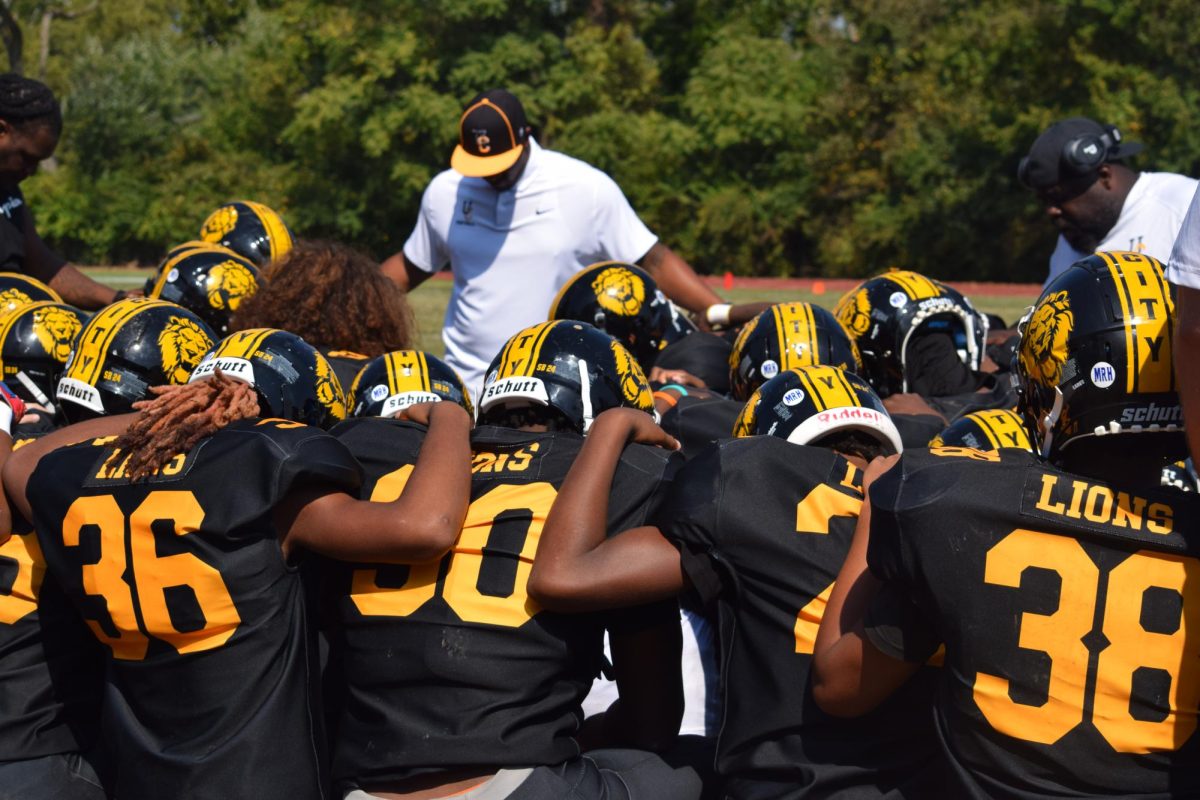
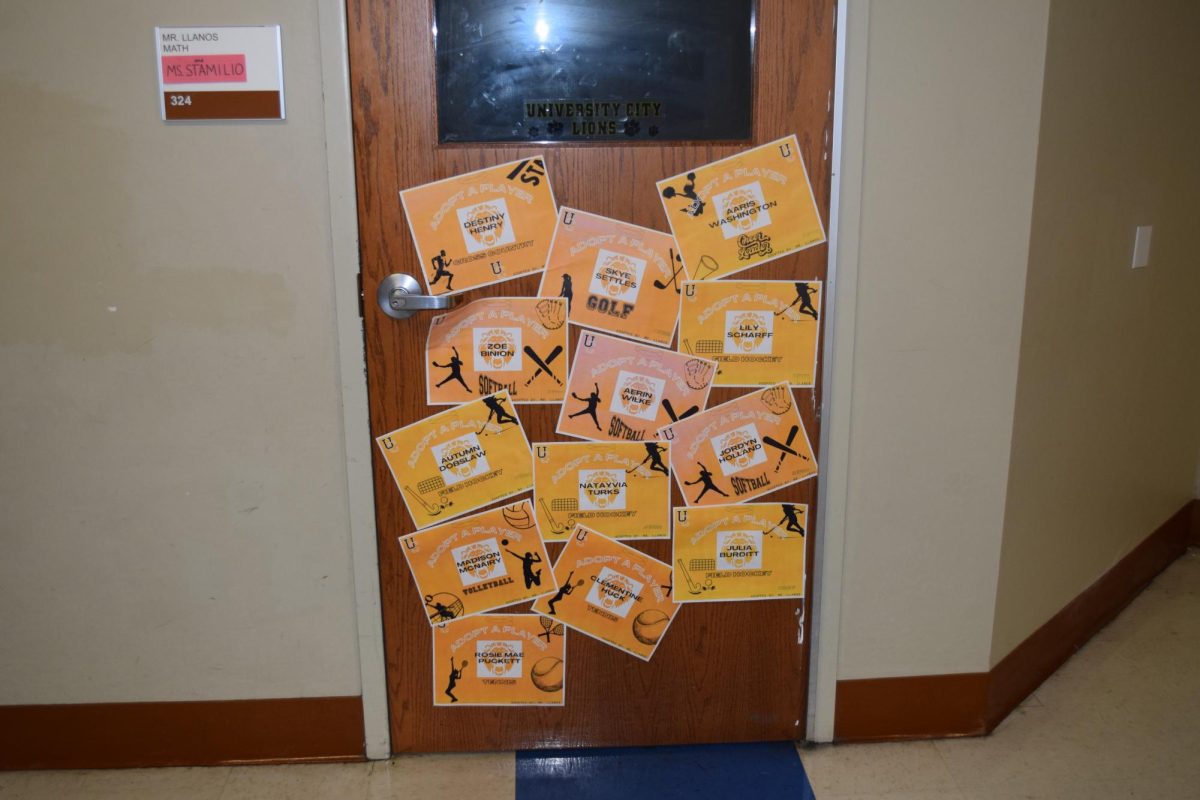
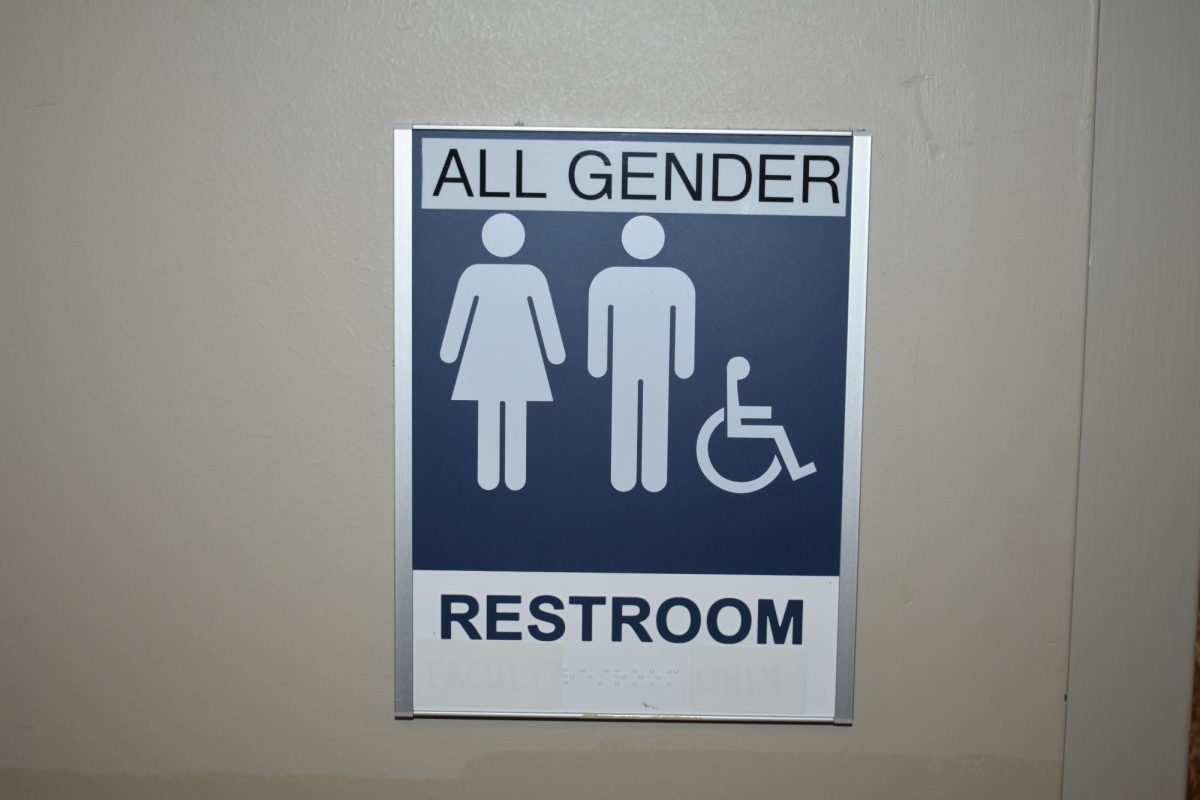

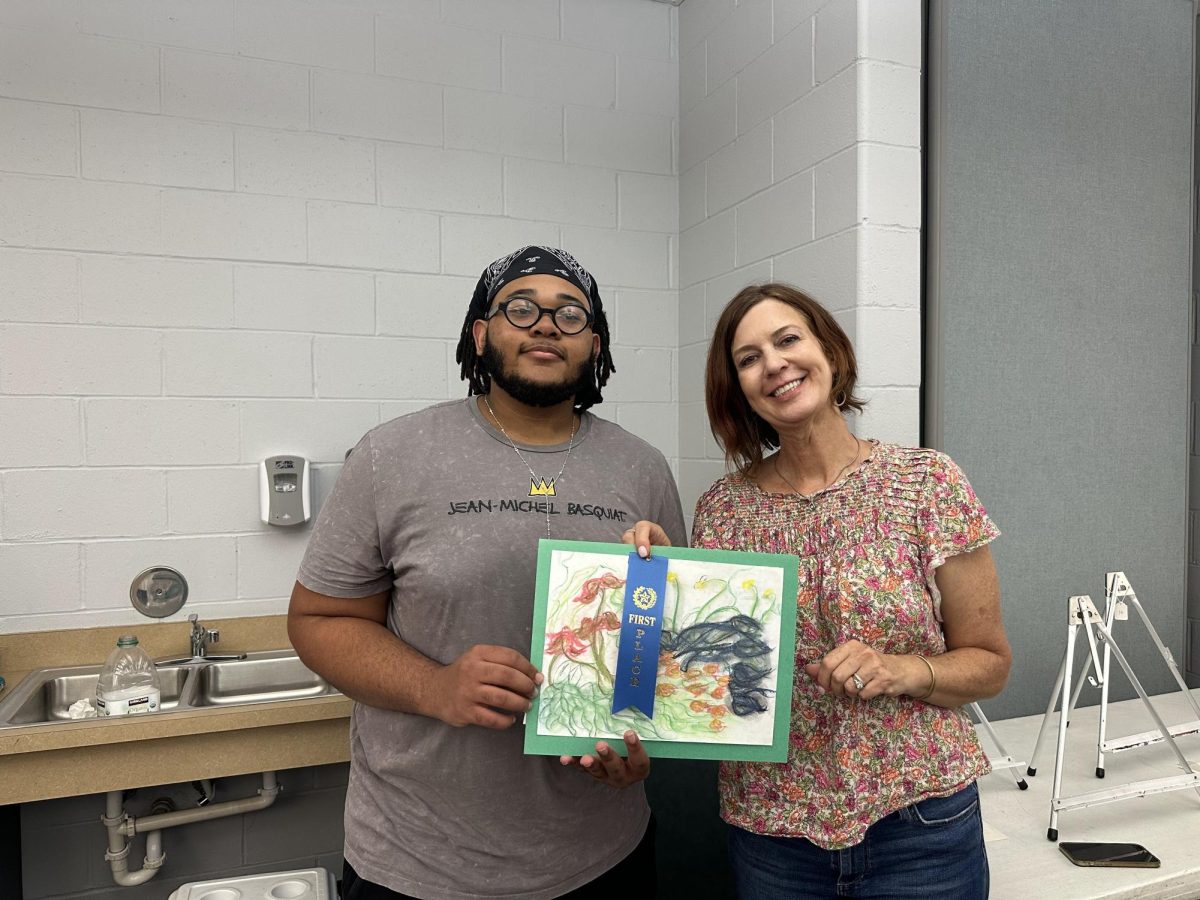



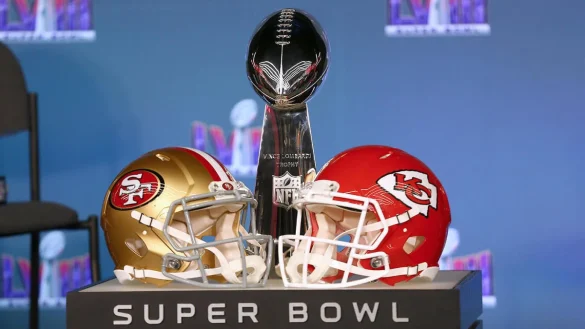

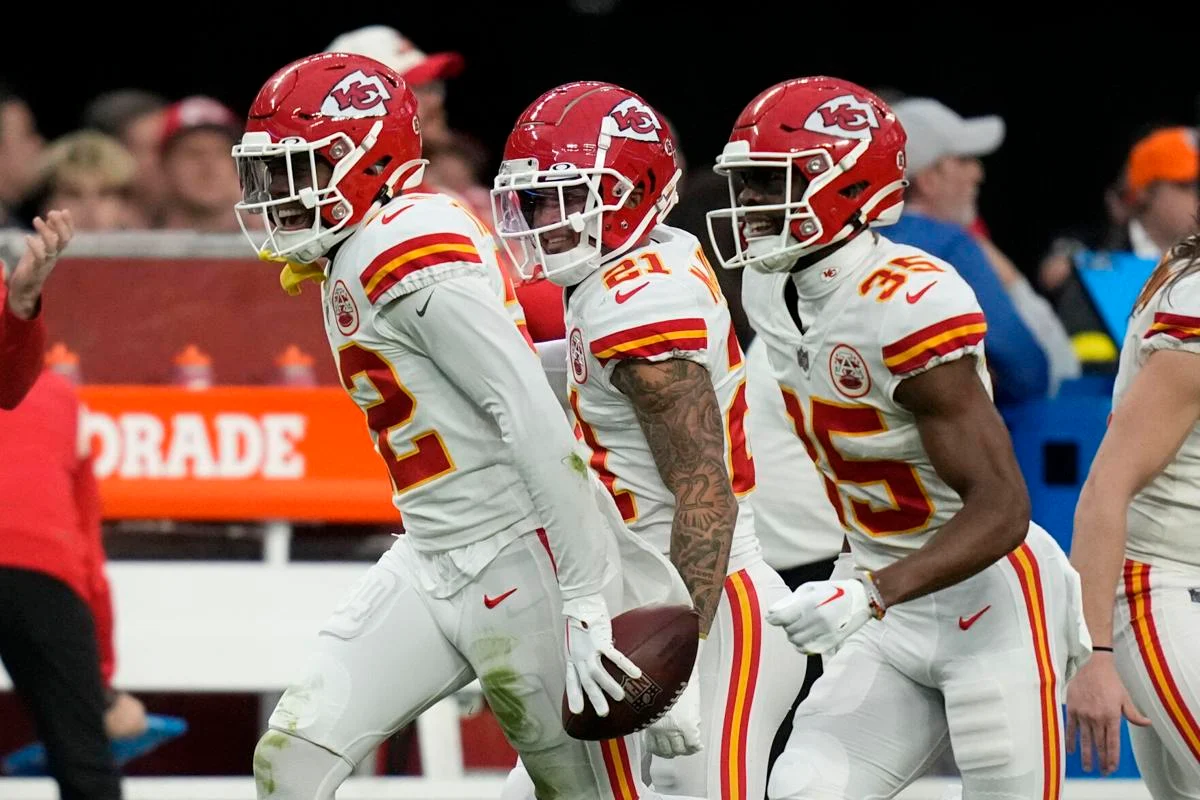




![Benjamin Williams and Reese Sherman, social studies teachers, explain department information a guest. This [open house] was, for me, a great opportunity to meet family in the district that will soon be attending the high school, Williams said.](https://www.utimesonline.com/wp-content/uploads/2024/02/DSC_9117-1200x800.jpg)





